If you have a secret recipe or an article perfect for sharing on our blog section, don't hesitate to let us know at [email protected] -- everyone has something extraordinary to offer and we can't wait to hear yours! Join us as we explore delicious flavors around the globe!
For now, love yourself and enjoy this one ...
It's not only about the aesthetics of a well-organized rack; it is also a key component to ensuring optimum efficiency in your kitchen. Labeling and organizing spices correctly can reduce waste and save you time. It will also elevate your cooking. This article will walk you through the best practices of spice labeling, and how to organize your collection so that it becomes a useful and accessible toolkit.
Understanding the Importance Spice Organization
- Quick access: Organized spices means less time spent searching for spices and more time cooking.
- Tracking the Freshness of Spices: Labeling spices correctly helps to monitor their freshness.
- Culinary inspiration: A well-organized spice rack will inspire you to experiment with a variety of flavors.
A Clean Slate
- Start by auditing your spice collection. Throw out any spices past their prime.
- Containers that are the same: To create a uniform look, and to make it easier to stack or store your spices, consider transferring them into uniform jars.
How to Choose the Best Labeling Method
- Label types: You can choose from handwritten labels or printed labels. Or, you can purchase pre-labeled bottles. Select a method that fits your kitchen style and personal preferences.
- Include the name of the spice at a minimum. You can also include the date you purchased it or a "best-by" date.
Organizational Strategies
- Alphabetical Order: This method is the easiest to use, and makes it simple to find spices quickly.
- Frequency: Put the spices that you use the most in the front of the cupboard or in an easily accessible place.
- Categorization - Group spices according to cuisine or flavor profile (e.g., Mediterranean, baking spices or hot spices).
Storage Solutions
- Spice Racks. There are many different styles of spice racks that can be used in different kitchens. These include wall-mounted racks as well as drawer trays and carousel racks.
- DIY Options - For a customized solution, DIY magnetic boards or spice shelves are great options.
- Maximize your space by using the interior of cabinet doors and under-shelf storage racks.
- See our article on Storing Spices.
Digital Inventory Management
- Spice Inventory Applications: Spice inventory apps can be used to track your spices and determine when you need to replace them.
- Digital Labels. Some tech-savvy chefs even use QR codes to link their spice jars with information about flavors, uses and recipes.
Maintenance
- Update your spice system periodically. Checking for freshness is important, as well as reorganizing your spice collection based on changes in cooking habits.
- Cleanliness - Keep the spice area as clean as possible to prevent cross contamination and maintain the flavor integrity.
Spice labeling and organization can improve your cooking experience, making it easier to use and find a wide variety of spices. It doesn't matter if you like a minimalistic approach or prefer a detailed system. The key is finding a method that suits you and your kitchen. You can open up new culinary possibilities by investing some time into organizing your spices. This will make cooking more fun and efficient.
Frequently Asked Questions
What's the difference in cooking with whole vs. ground spices? Ground Spices?
There isn't any difference between cooking with whole spices and ground spices. All spices are ground after harvesting. It doesn't make a difference in terms of quality.
The price difference is however significant. Whole spices can be more expensive due to the labor involved in their processing. But the flavour is worth it.
When you buy bulk spices, you may get additional discounts. If you buy a whole bag of cinnamon sticks, you may get a discount.
The same applies to nutmeg and cloves, ginger or cardamom. You might be able to save money by buying these spices in bulk.
Ground spices are also more durable than whole spices. Ground spices lose their potency rapidly due to oxygenation.
The main reason we recommend whole spices over dried is that they can add lots of flavor to recipes.
A delicious curry can be made with whole turmeric as opposed to ground turmeric. Or you can grind whole coriander seeds to create a spice blend for chicken dishes.
Grinding spices takes time. If you're buying whole spices it makes sense for you to buy large quantities. So that you don’t run out of spices, it’s a smart move.
What are the 7 Indian spices?
Indian spices are a collection of spices used in Indian cuisine. They typically include cardamom, cumin, coriander, turmeric, fenugreek, ginger, and asafoetida (also known as hing). The spices are used to enhance the flavour and aroma of foods by combining and complementing natural ingredients, such as meats or vegetables. Together, spices create unique flavour profiles that make Indian cooking so distinct.
Cardamom has an earthy, sweet flavor with notes of ginger and citrus. It is commonly used to flavour rice dishes like biryani and curries. Cumin is a spice with an earthy smell and a rich, nuanced flavour. It is commonly added to curries and meat dishes, as well as dals. Coriander's sweet, citrus aroma adds a subtle sweetness to dishes. It is used to season lentils and vegetables.
Turmeric has an earthy flavour with mustard, spices, and pepper hints. This spice is popularly used in curries as well as other dishes. Fenugreek has a rich aroma, earthy tones, and a slightly bitter flavour. Fenugreek is used to season meat dishes such as kebabs or curries. Ginger is pungent and spicy with hints of citrus. It gives a great kick to soups, curries, and chutneys. Asafoetida or hing has a pungent scent and strong taste that can replace onion and garlic for some recipes.
These spices are a unique combination that creates Indian cuisine.
What's the difference of curry and curried
There is no difference in spelling. Both words mean the same thing: Indian cuisine that includes meat and vegetables mixed with different seasonings.
Curry derives its name from the Hindi word kari which means "to rub." The spice mixture is then applied to the food. Curried foods are typically cooked until browned.
Curried dishes were once reserved for special occasions, but today, they're enjoyed frequently throughout India. These dishes can be chicken, beef (lamb), fish, or vegetables.
Curried dishes can be served alongside plain white or brown rice. Another common accompaniment is raita, a yogurt sauce, and chutney, a sweet relish.
What spices can be used in Thai cooking
Thai cuisine is well known for its diverse flavour profiles. These flavors are created from unique, flavorful spices which create delicious dishes.
Common ingredients used in Thai cooking include lemongrass, galangal, kaffir lime leaves, chillies, garlic, shrimp paste, coriander, cumin, turmeric, and more.
Each one of these spices adds to Thai cuisine’s unique flavour profile. You will often find lemongrass in soups, curries and stews. Galangal gives dishes a peppery flavor; chilies add a spicy kick to dishes. Shrimp paste adds umami depth to dishes. Coriander adds a mild yet fragrant aroma to dishes. Cumin adds a smokey flavour to dishes. Turmeric gives dishes a bright yellow hue.
These spices are combined to create complex flavour profiles specific to Thai cuisine. The combination of spices allows chefs to create dishes that are both delicious and aromatic. Stock up on these spices if you want to incorporate the Thai flavours into your cooking.
What are the principal Flavours in Thai Cuisine?
Thai cuisine includes several distinct regional cuisines. There are five main types of Thai cuisine: Northern, Central, Southern and Eastern. Each region has its distinctive flavour profile.
Thai food has many common flavors, including sweet, salty.
Thais love sweetness because it makes their dishes more delicious. Thai cuisine is rich in sweet ingredients like coconut milk and palm sugar (gula melanka).
In Thailand, sourness is very popular. Hot dishes are often served with sour foods. This combination balances out the heat.
Spicy food is another crucial ingredient in Thai food. Thai recipes often include spices such as galangal and ginger root.
Which Spices and Herbs are Best Served with Potatoes?
A potato can be a side dish for any type of meat. You may have noticed that potatoes can be served in many different ways than mashed.
These versatile vegetables are great additions to many meals, including casseroles, soups and pasta dishes. But did you know that numerous spices and herbs go well with potatoes?
These recipes will help you spice up your next potato dish.
What are some of the best Thai spices you can find?
Galangal, coriander and turmeric are the best Thai spices. The best spices are clove, cardamom. black peppercorn. fennel seeds. star anise.
Some other valuable spices include rose petals, bay leaves, curry leaves, pandan leaves, kaffir lime leaves, vanilla beans, tamarind pods, lemon grass, basil, and mint.
Statistics
- It has been estimated that around 1,000 tons of pepper and 1,000 tons of other common spices were imported into Western Europe each year during the Late Middle Ages. (en.wikipedia.org)
- India contributes to 75% of global spice production. (en.wikipedia.org)
- According to Healthline, pink Himalayan salt is estimated to contain up to 84 minerals and trace elements, which gives the salt its special pink color. (spicecravings.com)
External Links
[TAG21]
[TAG24]
- Validation and Development of Novel Lifestyle and Dietary Inflammation Scores – PMC
- PubMed: Molecular mechanisms of curcumins suppressing tumorigenesis, angiogenesis and metastasis. Focus on NF-kB pathway – PubMed
[TAG27]
- Amazon.com. Spend less. Smile more.
- Amazon.com : Morton & Bassett Whole Nutmeg 1.9 Oz : Nutmeg Spices And Herbs : Grocery & Gourmet Food
[TAG30]
How To
How to Make A Garlic Press
A garlic press can be one of the most important tools in a home cook's toolbox. This allows you to quickly mince garlic and make smooth sauces, soups, and salad dressings. It's also great for crushing whole garlic cloves into a buttery spread or garlic salt.
If you don't yet have a garlic presse, you may be wondering where to get one. Here are some tips to get you started.
First, get a large container. Place the bowl under the pressure regulator and pour the crushed garlic inside. Now, adjust the pressure regulator valve until it reaches maximum.
Next, turn the handle counterclockwise until you hear a click. The top of the press should lift up and expose a flat surface. This will allow you slide the blade back-and-forth over the bowl. Keep turning the handle clockwise until you reach the end of the blades.
Finally, take out the pressed ginger and enjoy!
Here are other ways you can make use of this versatile tool.
- Add minced garlic to soups, sauces, salads, and dips (or even as a seasoning)
- You can crush whole garlic cloves using the press to make a buttery spread
- Make pizza dough by crushing whole cloves.
- Combine roasted garlic with mashed potatoes and creamy polenta
- Use the press to mash garlic into homemade pesto
- Puree garlic into a smooth vinaigrette
Resources:
 |
[TAG33]LET ME KNOW IN THE COMMENT SECTION WHAT YOU ALL WOULD LIKE TO SEE ME TALK ABOUT IN OUR NEXT VIDEO | I REALLY APPRECIATE YOU ALL!! THANK YOU FOR 168K |
 |
[TAG34]Better Sleep, More Energy, Higher Consciousness - START YOUR FREE 2-WEEK FLFE TRIAL NOW (no credit card needed) https://tm179.isrefer.com/go/TryFLFEfree/In |
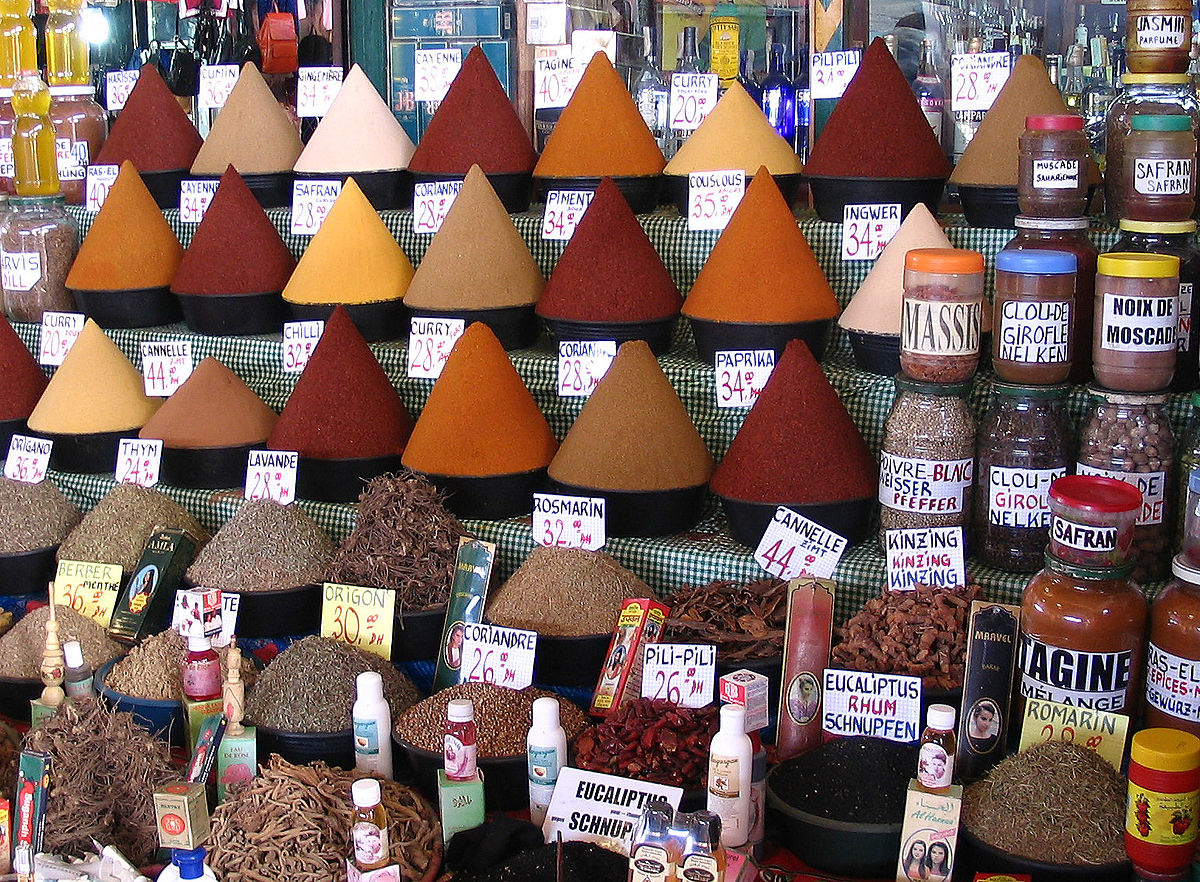 |
[TAG35]definition of spices |
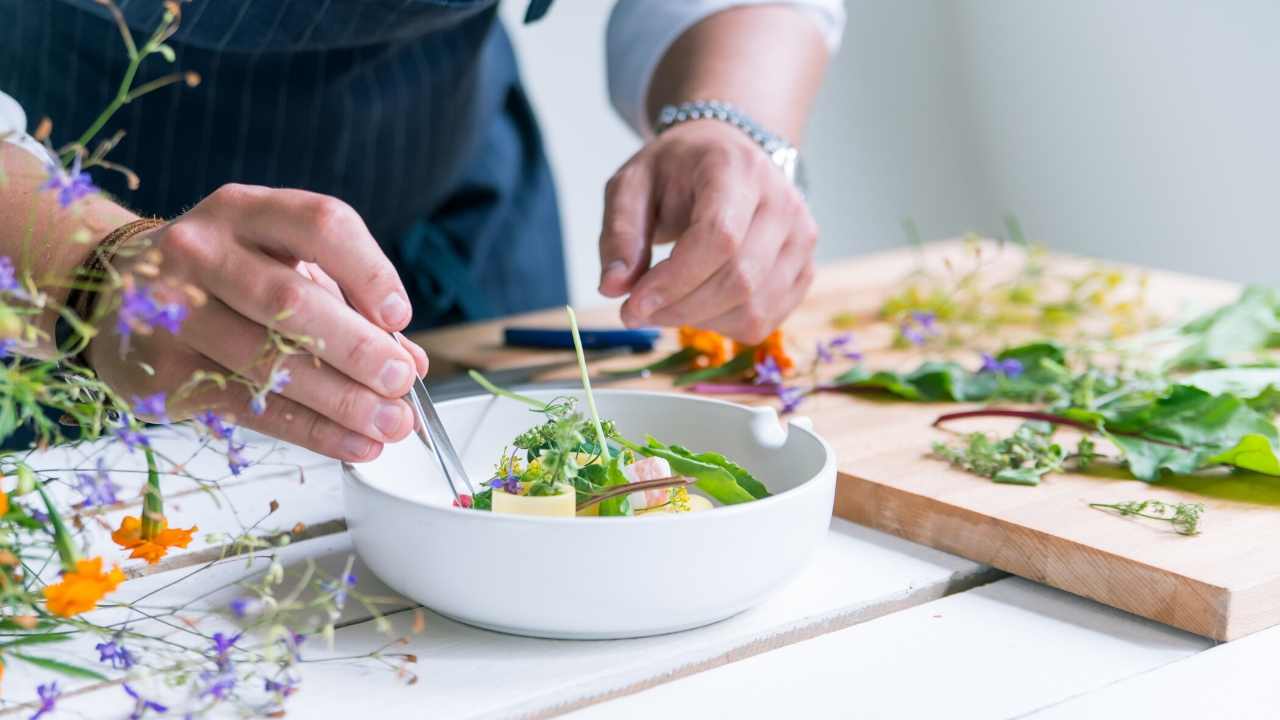 |
[TAG36]My Recipe and Vlog Channel Link:- https://www.youtube.com/channel/UCi5pSJeRu1fbXK4bzIVgSkw Hello Friends, Welcome back to my another video! Today […] |
 |
[TAG37]CARDAMOM E-AUCTION SPICES BOARD OFFICIAL |
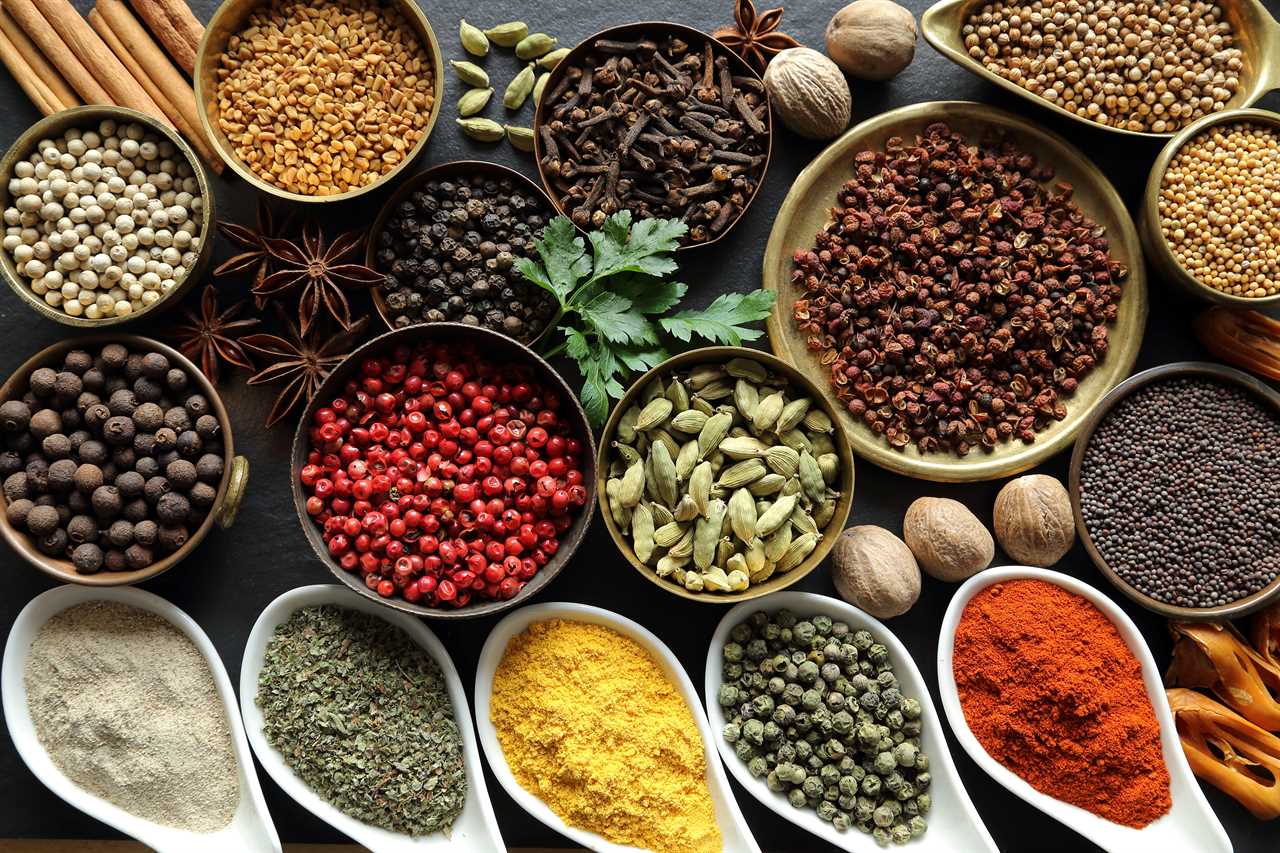 |
[TAG38]Important spices in cooking |
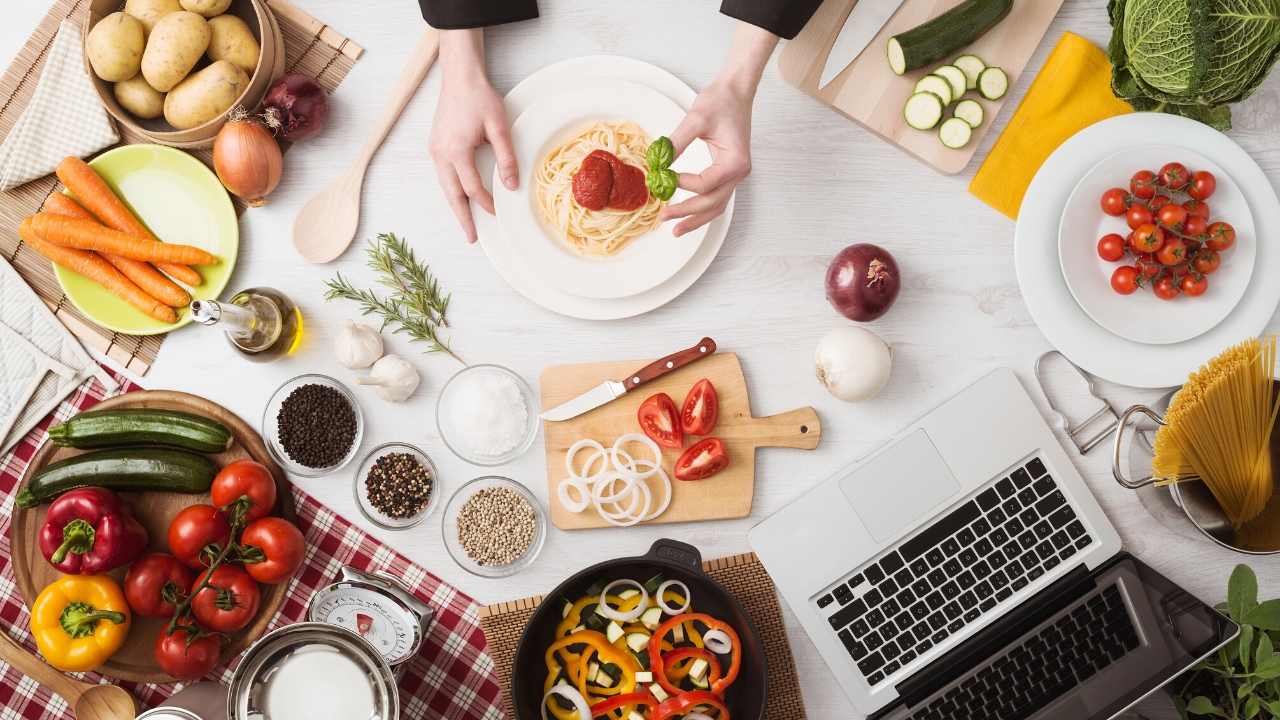 |
[TAG39]This Is The Situation Room, Kenya's Biggest Conversation! HOSTS: Eric Latiff, Ndu Okoh & CT Muga PRODUCER: Ednah Ombaso EXECUTIVE PRODUCER: Tom |
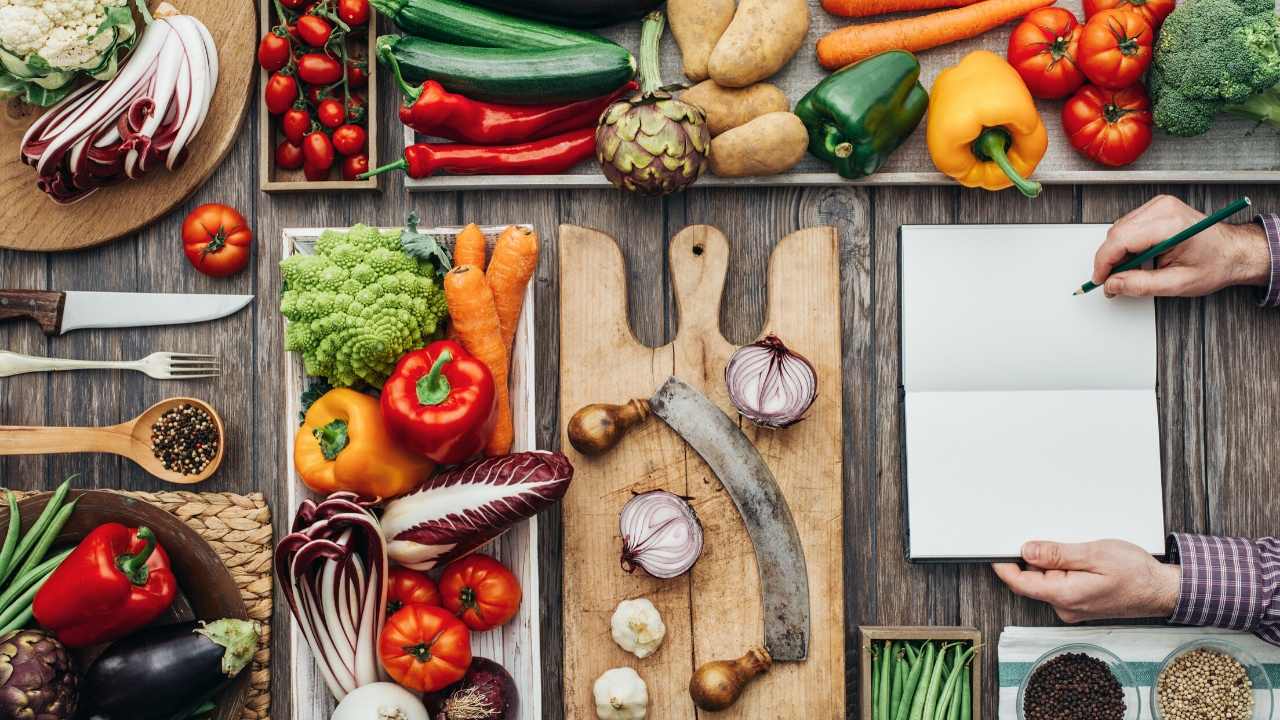 |
[TAG40]Subscribe to my channel ▶https://bit.ly/30eqjsu Uncle Rural Gourmet's secret recipe of hot pot, […] |
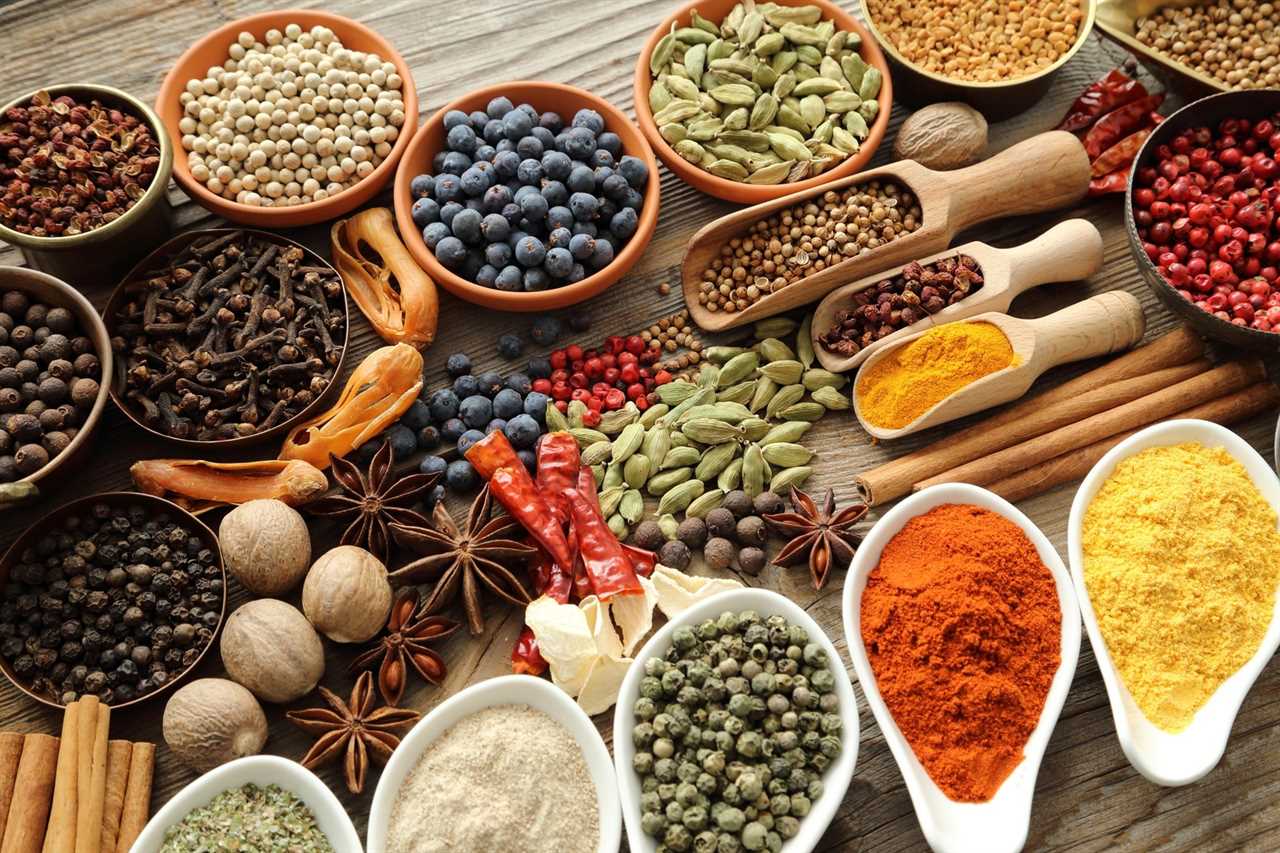 |
[TAG41]Herbs, spice & everything nice, these blog and articles explain the many uses of spices, including spices for weight loss, spices for brewing, and how to store |
 |
[TAG42]Just a quick live thank you to everyone who has supported this wacky little channel of ours. Join me (and whoever else on the team is still awake) to drink |
 |
[TAG43]India accidentally hired a DEA agent to kill American citizens, federal prosecutors allege. The DOJ filed charges against a man they allege was working with |
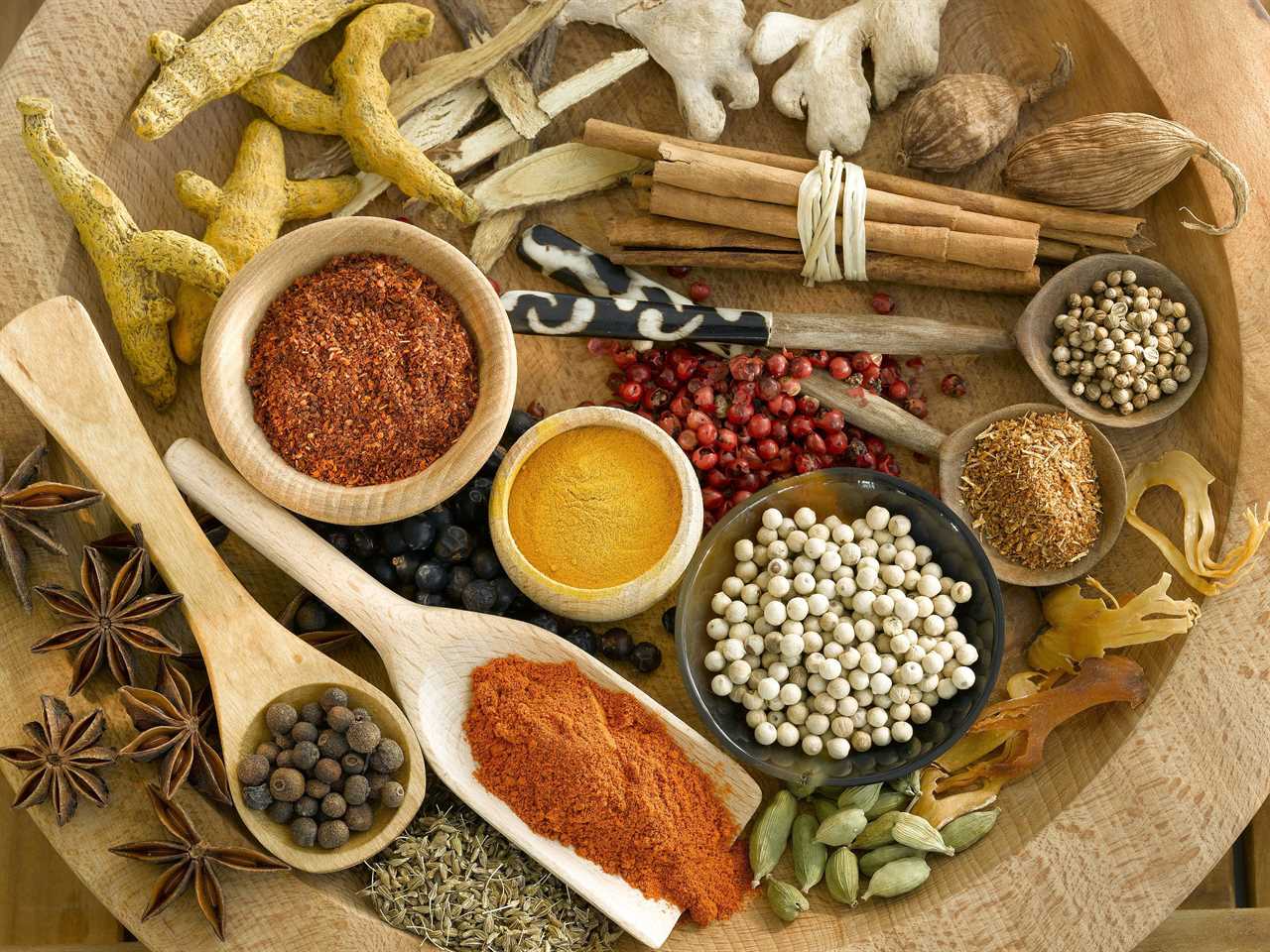 |
[TAG44]spices | Visit our blog for recipes, cooking tips and techniques as well as our staff's favorite eats and travel adventures. |
 |
[TAG45]https://www.letsdig18.com/ for shirts and more |
 |
[TAG46]something feels VERY WRONG!!! Link for Patreon/Discord community is here. This is to access our private community with weekly live calls and many other |
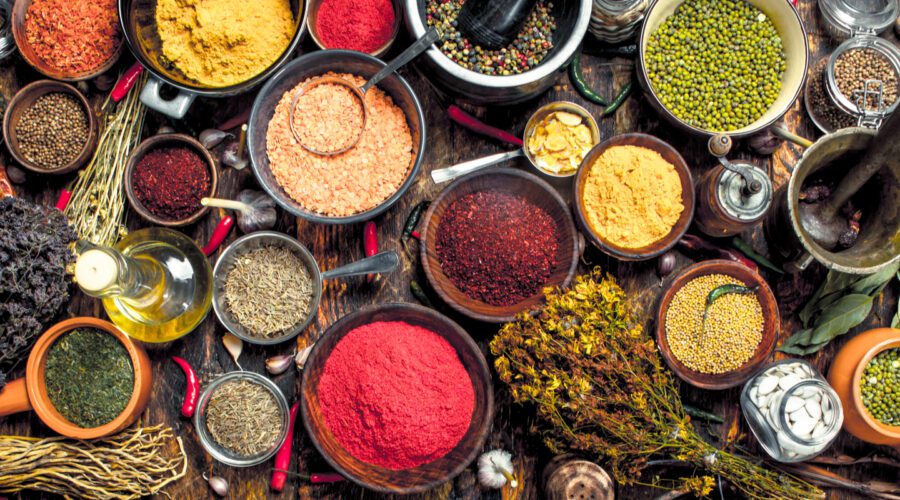 |
[TAG47]This spice blog writes about Indian fenugreek, Canadian coriander, Egyptian dill weed, Syrian Aleppo pepper, Granada nutmeg, & more from around the world. |
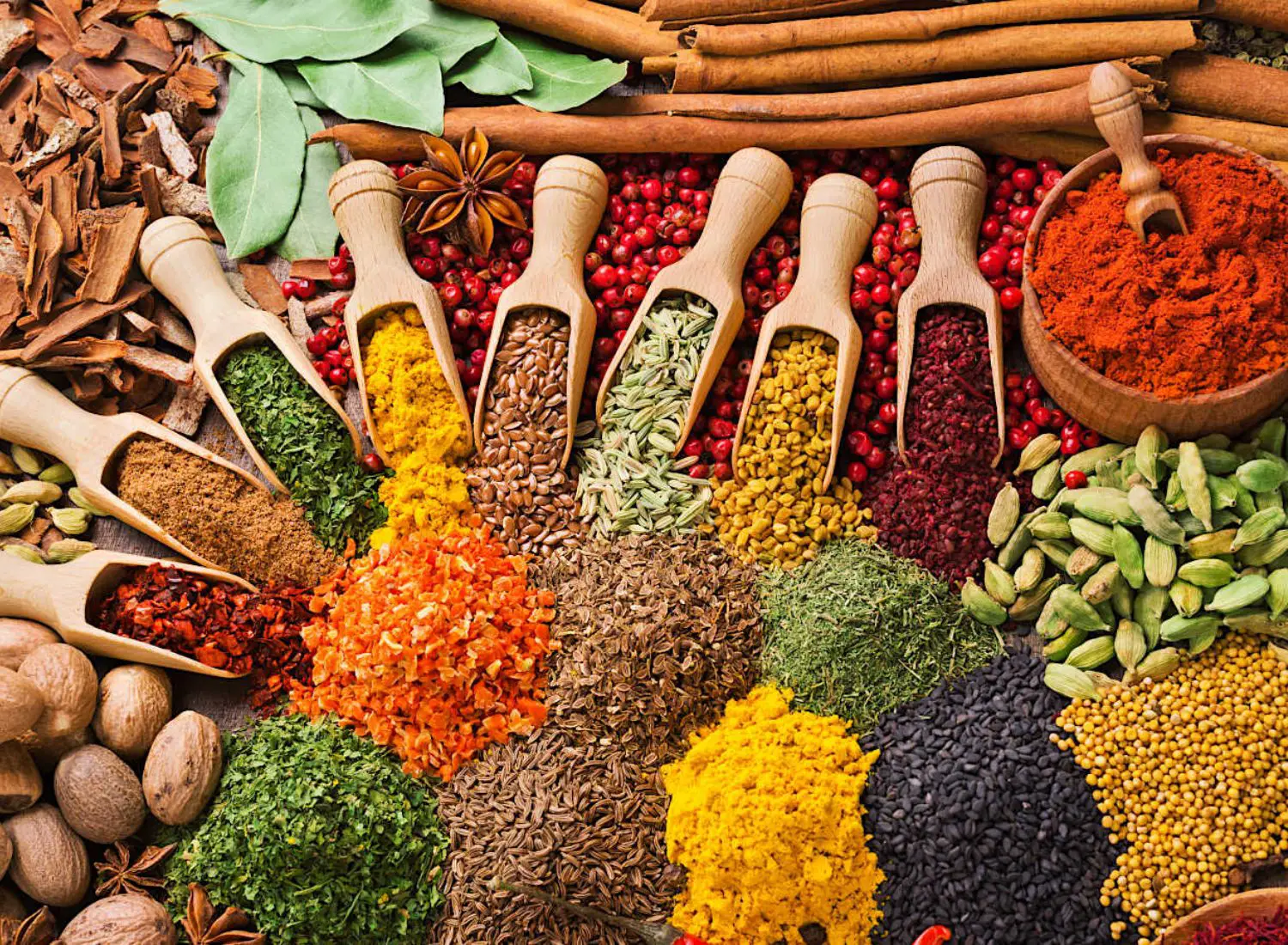 |
[TAG48]World of Spice is your online store for a massive range of High Quality Herbs Spices and Seasonings. Wholesale, Foodservice and Catering High Quality Herbs |
Did you miss our previous article...
https://belovedsaffron.com/spices/vanillaraspberry-clafoutis
.png)





